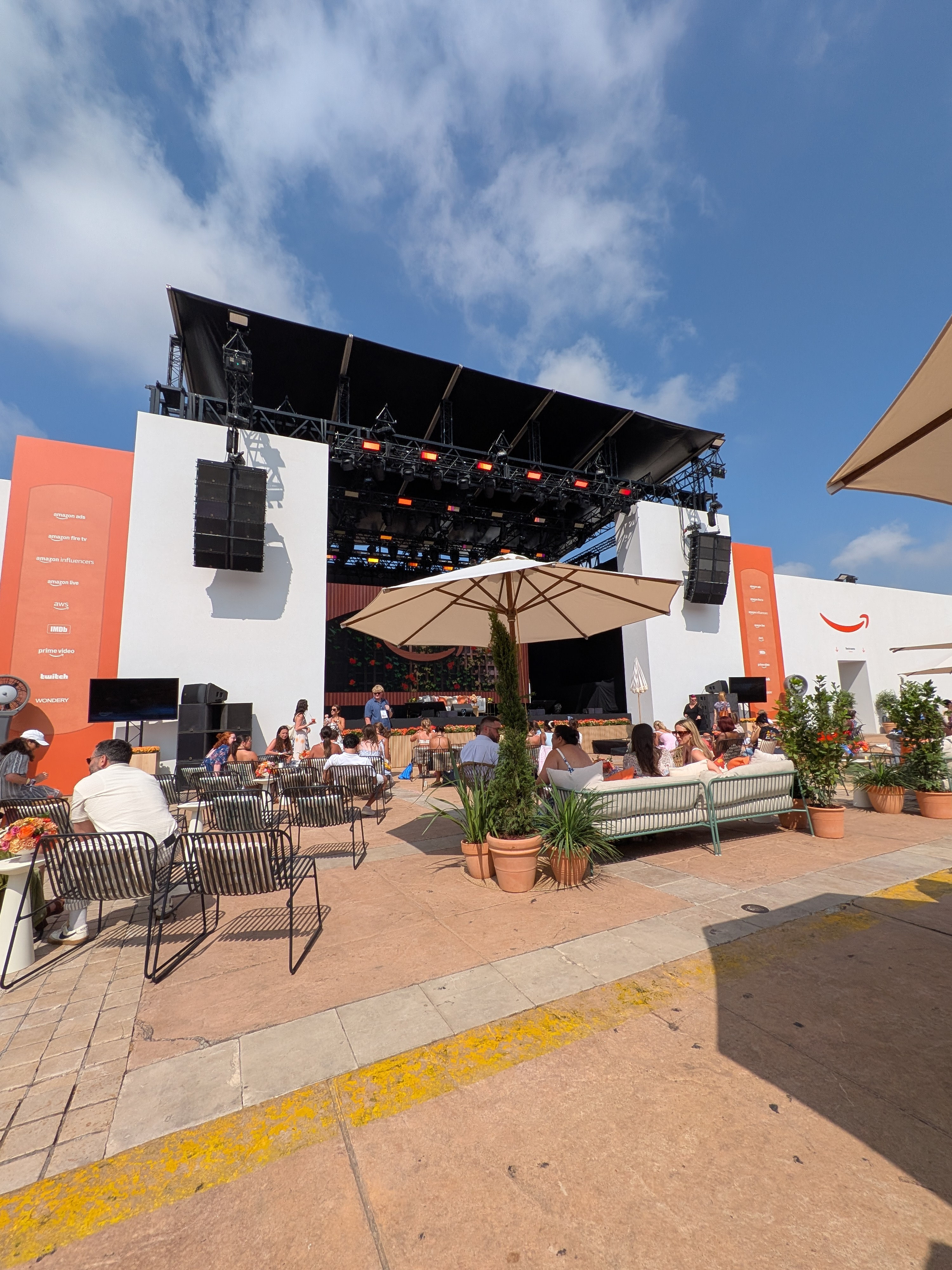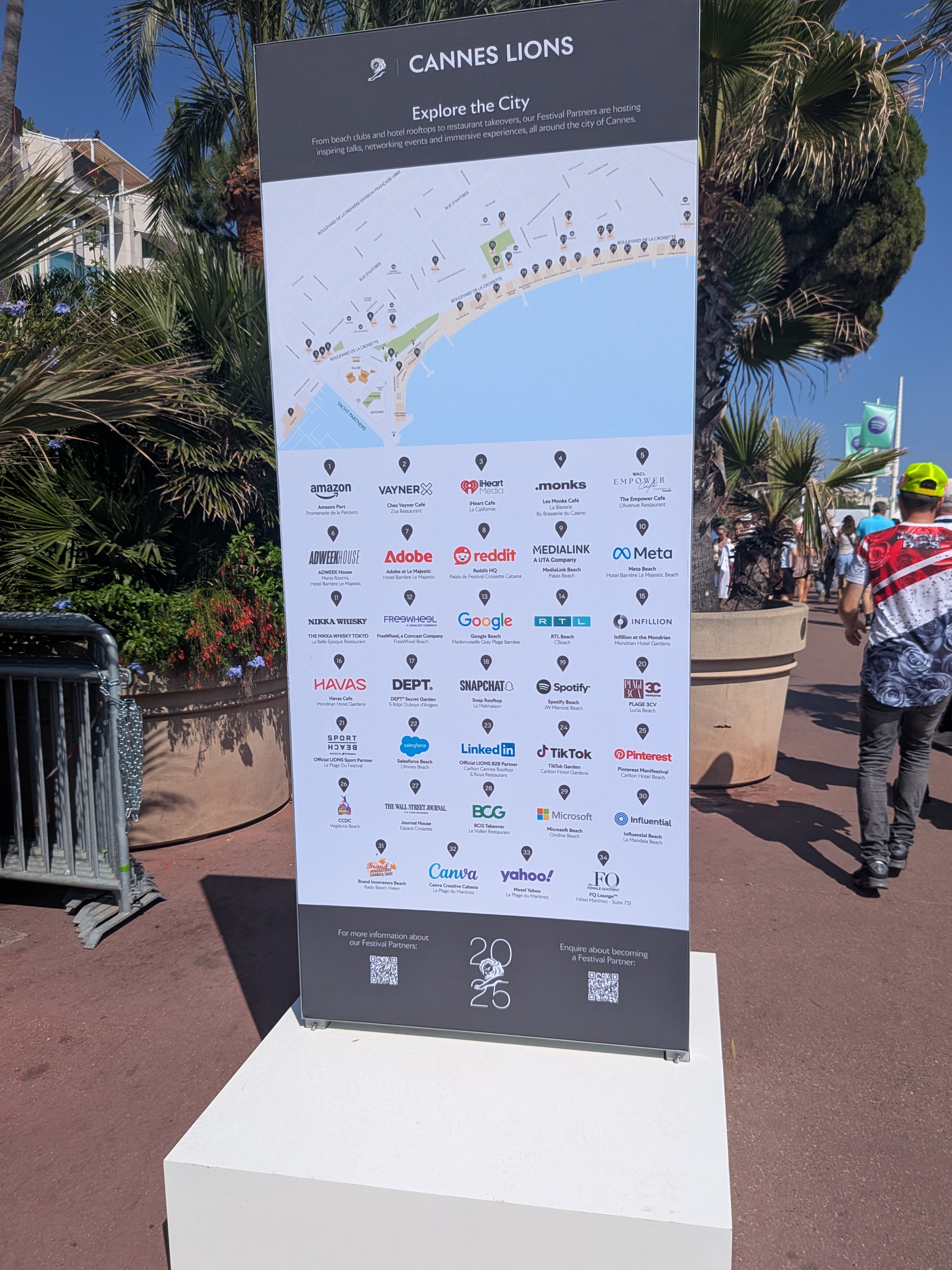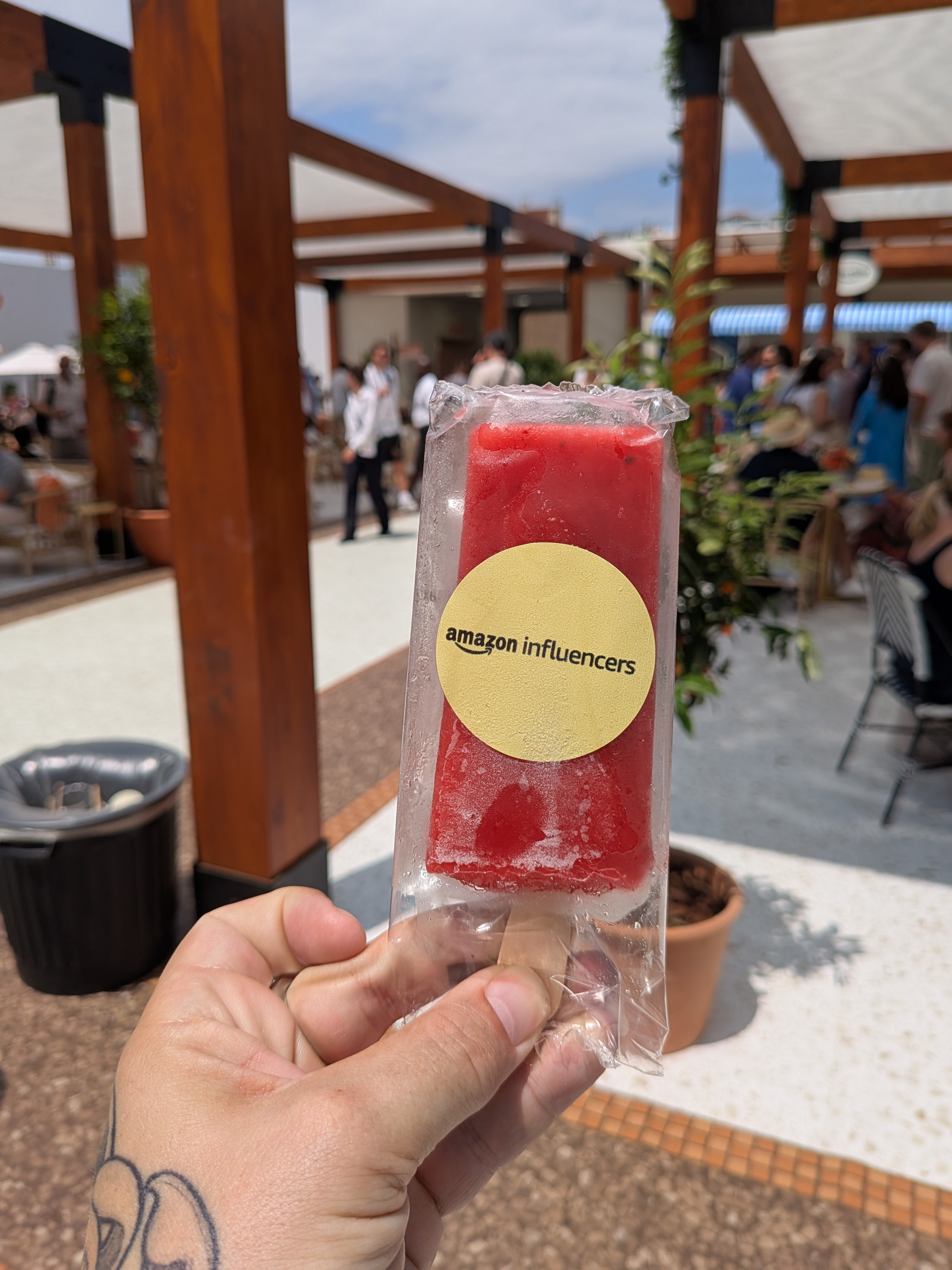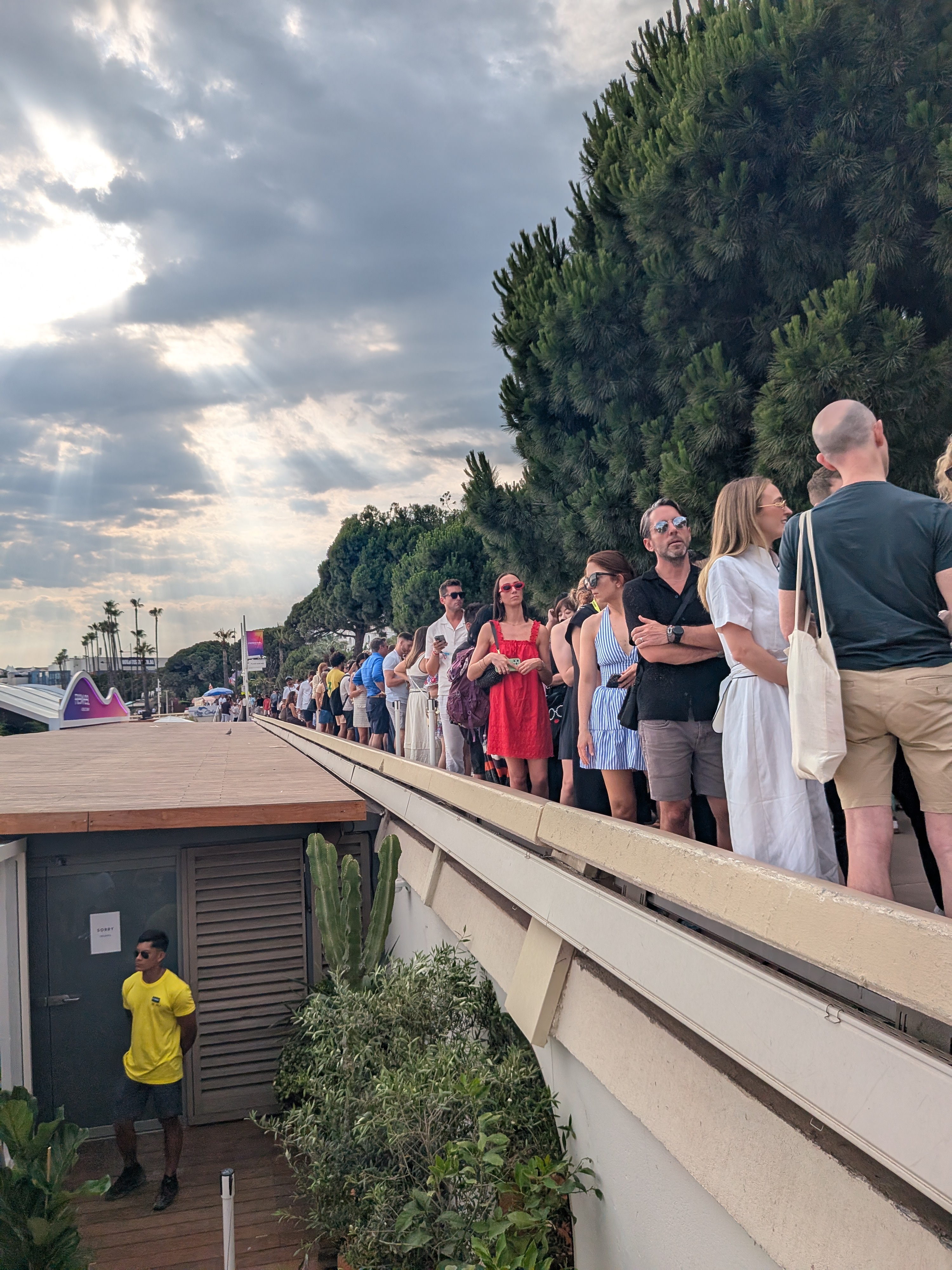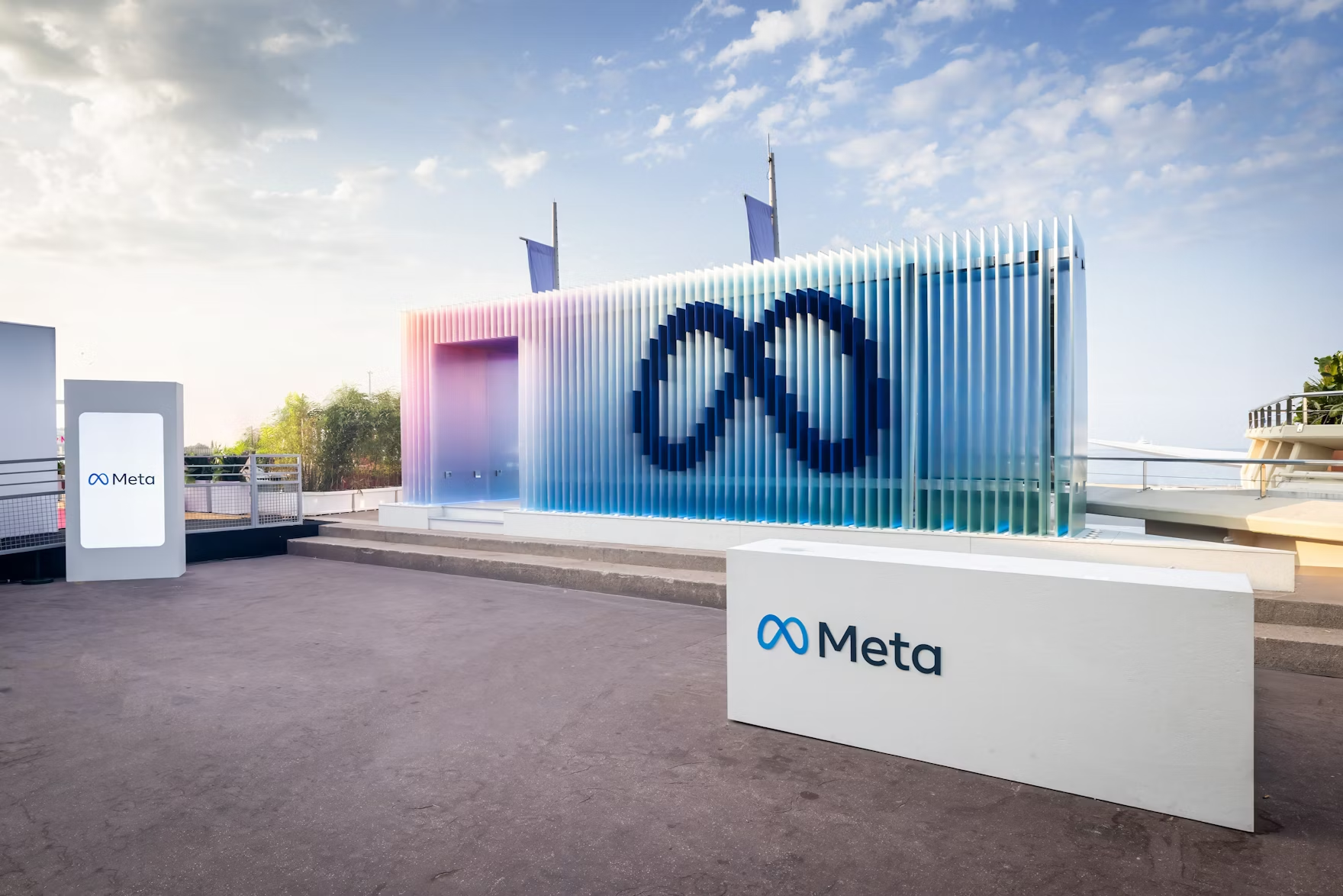
Successful brand experience is all about understanding your audience and your environment. While that may sound like teaching granny to suck eggs (is that the saying?), it's amazing how those foundational basics can get lost once clients, KPIs, and competing priorities are involved. Add on top of that hosting people within the experience industry itself and the pressure can unravel even the most grounded strategy.
Having recently attended three industry festivals in as many weeks, we’ve collated some easy festival wins – with the big fat caveat that we totally understand what's possible is often dictated by space, time, money, egos, weather – and a hundred other variables. Yet, there are still some non-negotiables that should smooth the way to successful, and therefore memorable, shindigs.
Know your audience
Putting up a wonky brand umbrella and giving away some free merch isn't going to make your brand stand out to a bunch of people whose jobs it is to make beautiful and brilliant spaces. Making a bit of effort with your 'spot', even in a crowded event space, will matter. That means making it visually arresting and welcoming, by, say, using brand ambassadors to invite guests in or by providing something useful as well as gimmicky, such as shade or cool drinks on a hot day. If you're going to do brand experience, do brand experience.
Know your environment
A broad title, we know. Here's what we mean: take into account the need for shade, heat, wind or rain protection – and where those things are best placed. During one festival we attended recently, it was 35 degrees and the organisers provided big static fans in the central area – lovely. They also instructed security to ensure people didn't stand in front blocking air flow. This was smart and (credit to security) gracefully done.
On the flipside, the same event ran out of soft drinks – including water – by 2pm on the festival’s second day. There was no water available for that entire afternoon, despite there being a corner shop down the road. Also, bear in mind that hot, dehydrated ad folk mainlining alcohol all day is probably not the vibe you’re after.
Ensure maps and schedules work
Don't underestimate the fury of a slightly tipsy exec (please see previous point) trying to navigate a big event with a crappy map or incomprehensible schedule. All anyone wants to know is what something is, when it is, and where it is. Getting funky with designs is fine if they still do the job, but when design takes priority over providing information, it's a problem. Simplicity and clarity are key. Same goes with signage – the more the merrier and a great opportunity for having some fun with branding.
Consider tabbing categories of talks or activations
Life will be easier for everyone if talks and activations are clearly categorised into relevant topics, i.e. 'brand experience', 'awards', 'branding', etc. Sometimes it's hard to tell what a talk is actually going to be about if the titles are inventive, clever or complicated, so having clear delineations can help visitors decide where they want to be and when – which is particularly useful if the schedule is full.
Think about the experience as a whole
Even if you're only designing for your bit, consider the overarching space and 'customer' journey. How are people going to get to you and how can you lean into that experience design-wise? If you're designing the entire festival, make sure each contributor is in the right space for them. Why save the best spot for the DJ if they only start playing at 6pm, after all the talks are done? How will queues be managed? Are talks that are likely to appeal to the same people easily accessible time-wise and space-wise? And if food is provided, are there also convenient spaces to eat it?
Please take a branded tote on your way out…
Industry festivals are ultimately about creating environments where peers can connect, learn, and have a decent time without wanting to crawl under a merch table and hide. The most successful activations are those that respect the environment and genuinely serve the audience. When you get the basics right – clear information, thoughtful logistics, and genuine value – everything else falls into place. Revolutionary, we know.





